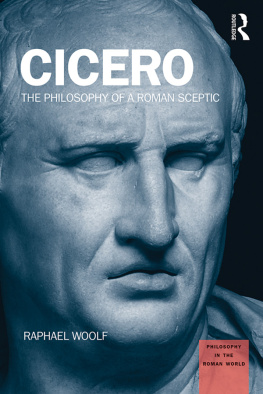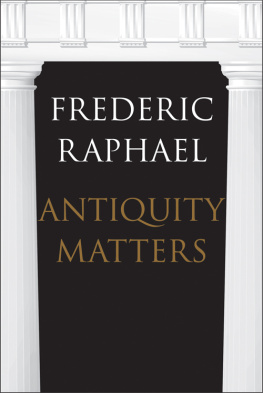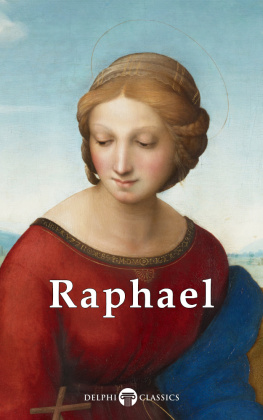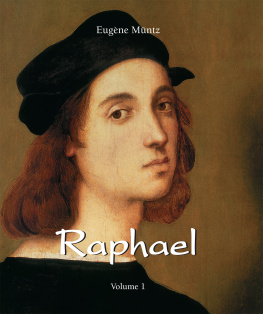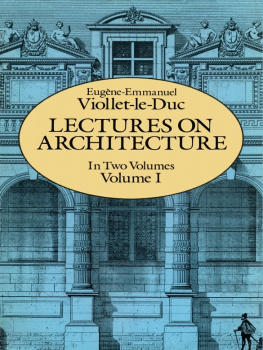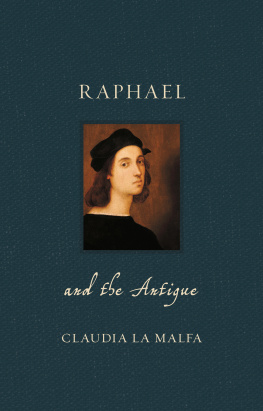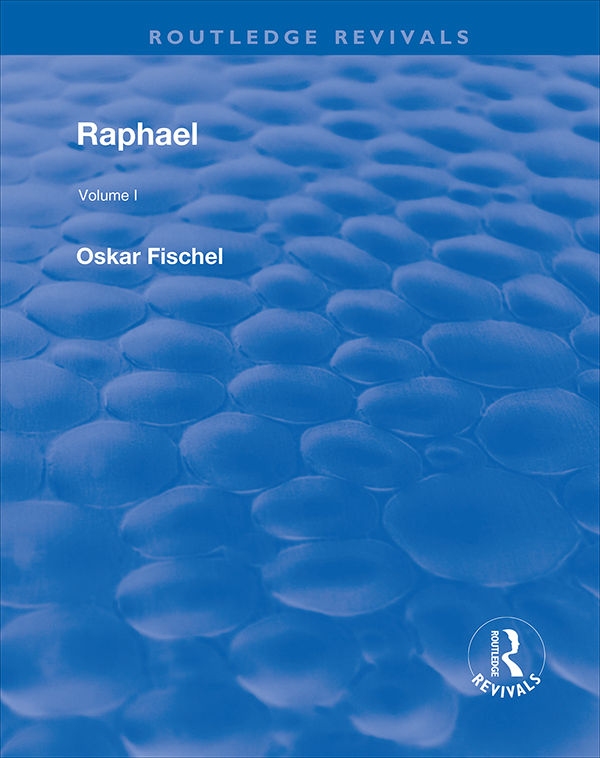Contents
Routledge Revivals
RAPHAEL
RAPHAEL
OSKAR FISCHEL
Translated from the German by
BERNARD RACKHAM

First published in 1948 by Kegan Paul
This edition first published in 2018 by Routledge
2 Park Square, Milton Park, Abingdon, Oxon, OX14 4RN
and by Routledge
711 Third Avenue, New York, NY 10017
Routledge is an imprint of the Taylor & Francis Group, an informa business
1948 Taylor & Francis
All rights reserved. No part of this book may be reprinted or reproduced or utilised in any form or by any electronic, mechanical, or other means, now known or hereafter invented, including photocopying and recording, or in any information storage or retrieval system, without permission in writing from the publishers.
Publishers Note
The publisher has gone to great lengths to ensure the quality of this reprint but points out that some imperfections in the original copies may be apparent.
Disclaimer
The publisher has made every effort to trace copyright holders and welcomes correspondence from those they have been unable to contact.
A Library of Congress record exists under ISBN: 49001082
ISBN 13: 978-1-138-50705-0 (hbk)
ISBN 13: 978-1-315-12278-6 (ebk)

RAPHAEL 1483-1520
CONTENTS
LIST OF ILLUSTRATIONS
OSKAR FISCHEL
RAPHAEL
Translated from the German by
BERNARD RACKHAM
Volume I, Text
KEGAN PAUL LONDON
First published by KEGAN PAUL, TRENCH TRUBNER & co. LTD. Broadway House, 68-74 Carter Lane, London, E.C.
1948
THIS BOOK IS PRODUCED IN COMPLETE
CONFORMITY WITH THE AUTHORIZED
ECONOMY STANDARDS
MADE AND PRINTED IN GREAT BRITAIN BY THE CHISWICK PRESS,
NEW SOUTHGATE, LONDON, N.I I
G.D.R.
N.D.G.
FOR those who knew Oskar Fischel it is impossible to think of his life apart from Raphael. Beginning with a dissertation on Raphaels drawings, he made it his endeavour, with an ever-growing knowledge of Raphael, to arrive at a comprehensive representation, and this he has left behind to us in this book.
It is evidence of ardent and painstaking efforts to solve the great miracle of this artist and at the same time shows clearly the happiness brought by admiration of Raphael into the Ufe of his devoted advocate. What is said in these pages deserves to be carefully studied as a theme very near to the heart of the author. The illustrations gathered together by him over a period of many years were intended, in the selection here provided, to induce the reader to seek out the works of the artist in the original. In an age which follows entirely different paths in its own artistic productions, the authors desire was, in the face of indifference and prejudice, to lead the way to Raphael as the great creator and helper. Of the following that Oskar Fischel gathered round him at Berlin University, many are no longer alive.
As it is now in the English language that the book makes its first appearance, I should like to thank Mr. Bernard Rackham for his faithful work of translation; I have also to thank Dr. Otto Kurz for carefully revising the Catalogue Raisonn of Raphaels works. Acknowledgment is also due to the Publishers, who have brought out the book in so worthy a manner. It is not possible for me to mention by name all those who were associated with the life work of my husband and to whom he felt enduringly grateful.
MARGARETE FISCHEL.
London, 27th June, 1946.
IN dealing with languages so different in genius, in spite of their kinship, as English and German, a translator is faced with a dilemma. He must be careful to render faithfully what the author wishes to convey, both statements of fact and metaphors, but he must avoid wherever possible anything that will seem to an English reader outlandish and foreign to an English way of thinking. I am conscious that I have not fully succeeded in this task, but what success I may have achieved is due in no small measure to the help and wise counsel of my wife and my son, Harold Rackham. I have also to thank Mr. K. D. Bundy, A.R.I.B.A., for help in connection with several points arising in the chapter on Raphael as architect, and Dr. Otto Kurz for undertaking the revision of the Catalogue Raisonn of Raphaels works. Finally, I am profoundly grateful to Mrs. Margarete Fischel for her ungrudging aid, especially for the pains she has taken in making clear her husbands intentions in certain passages where his words were open to more than one interpretation in English (he died on 27th June, 1939, before he had been able to make arrangements for the publication of the book).
In the Catalogue Dr. Kurz has inserted additional references (1) to various works of Dr. Fischel, where they contain information discovered after the respective volumes of his Raphaels Zeichnungen had been printed, and (2) to publications of drawings not included in the first eight volumes of that work.
BERNARD RACKHAM.
I
A REVIVAL
AFTER only a short obscuration the star of Raphael is to-day entering on a new aspect. He seems to have been out of sight for a period so brief as to be of no importance compared with the length of time his art has lived. Unless we had the right to get clear as to what has come about, it would scarcely be worth while to call to remembrance the reasons for the change in estimation of him which resulted in his rejection.
For three centuries after Raphael, society continued to Uve under the influence of a manner of living represented by those who look out on us from his portraits, and with which his figures, sacred and profane alike, seem to be imbued. In his timein Raphael himself and in his circle, in the sitters for his portraits and the originals of his figures, in their gait, their bearing and expressiondesire and aim had won visible attainment, the ideal of Renaissance society. In the Cortegiano of CastigUone the AristoteUan ideal of the high-souled man (S) was brought in all its clarity to mens consciousness; and this form of lite, this type of a superiority setting the course for all mankind, was diffused over the world, tested, practised, taught and handed down in indescribable diversity by the powers, spiritual and temporal, of the Counter-Reformation. It was in the newly thrown-up ramparts of youthful Northern democracies, outposts of Protestantism with a growing bourgeois self-consciousness, that this organised force, outlasting centuries, first met with resistance. It was not destined to be shattered against those ramparts; though brought to a halt, it continued in existence, not without further effectiveness: held at a distance, yet too strong not to be felt, sometimes disturbingly, sometimes as a check, down to the present day, with an effect of admonition and even of antagonism.
Such a state of tension, still enduring to-day, need awaken no surprise. The bourgeoisie, in the last days of its strengthened power, could not but seek with a shudder to protect its consciousness of its own worth against something unfamiliar, that it could not comprehend, when it saw its own ratio, its delight in the realities of this world, confronted by that



